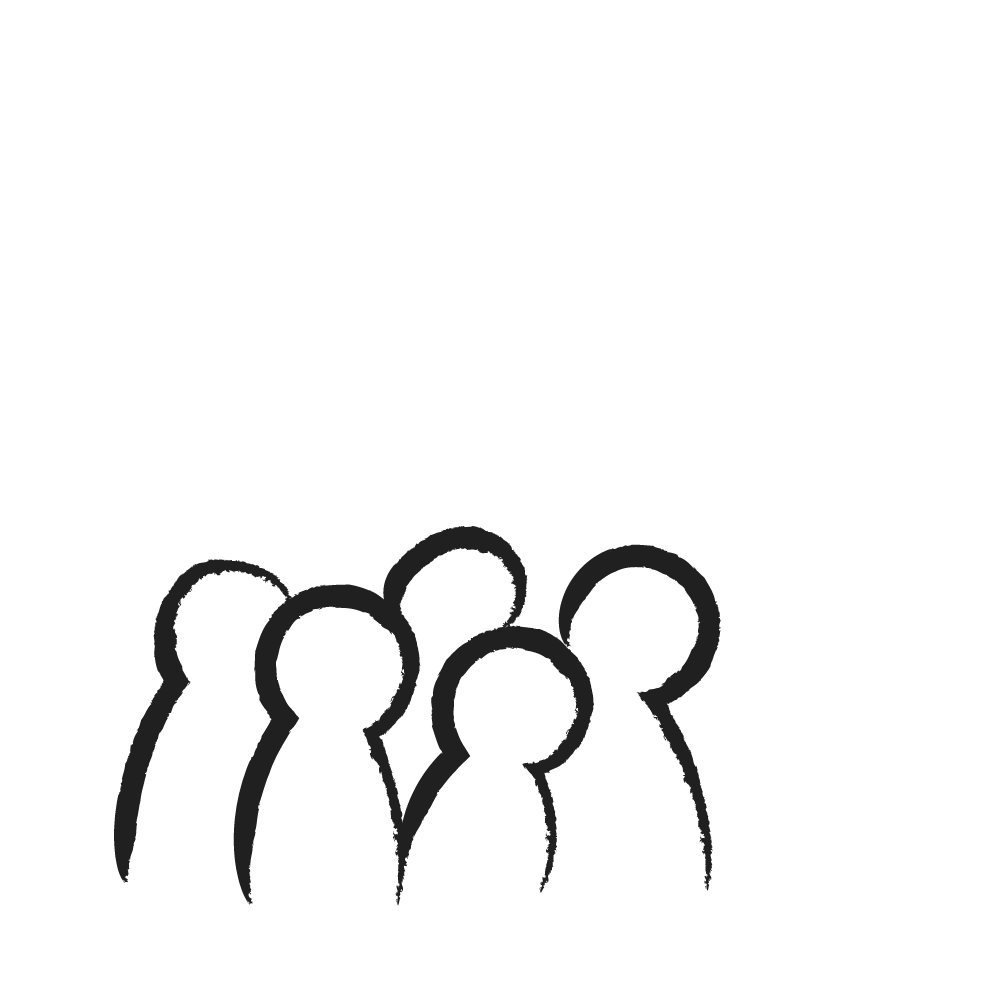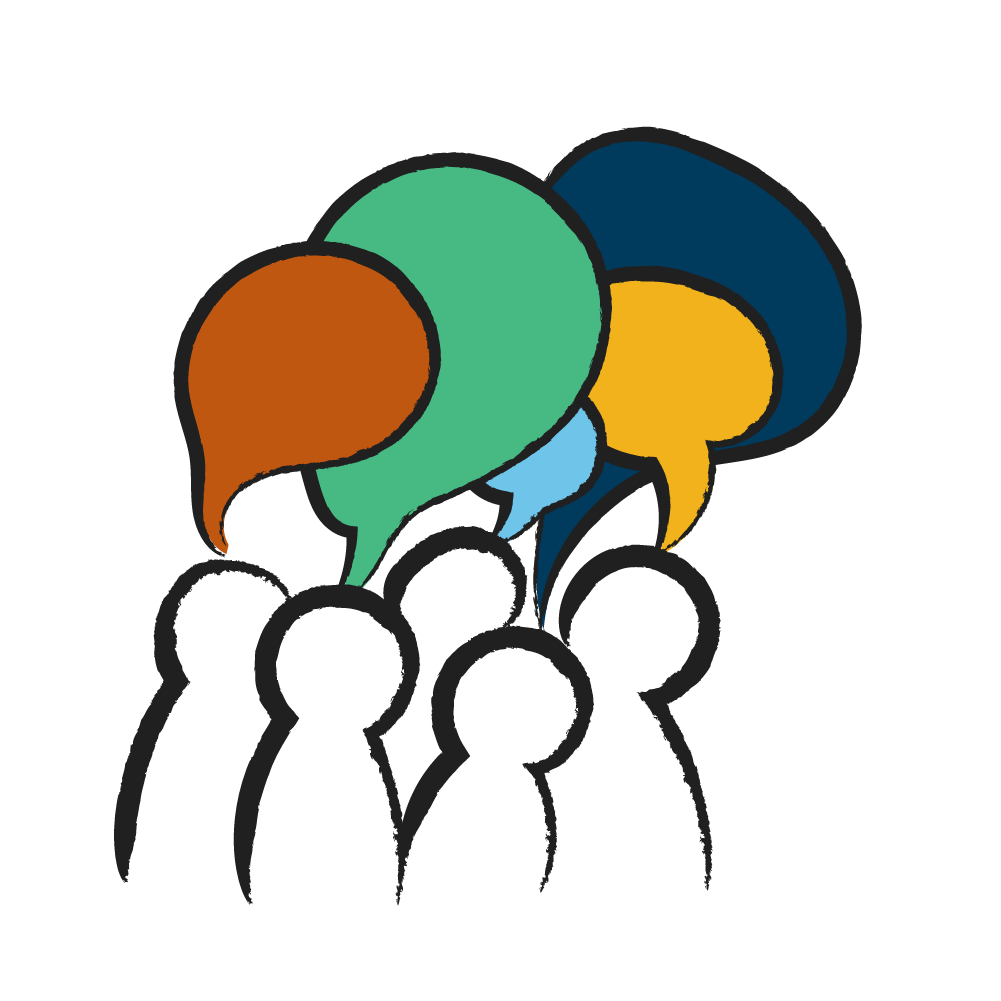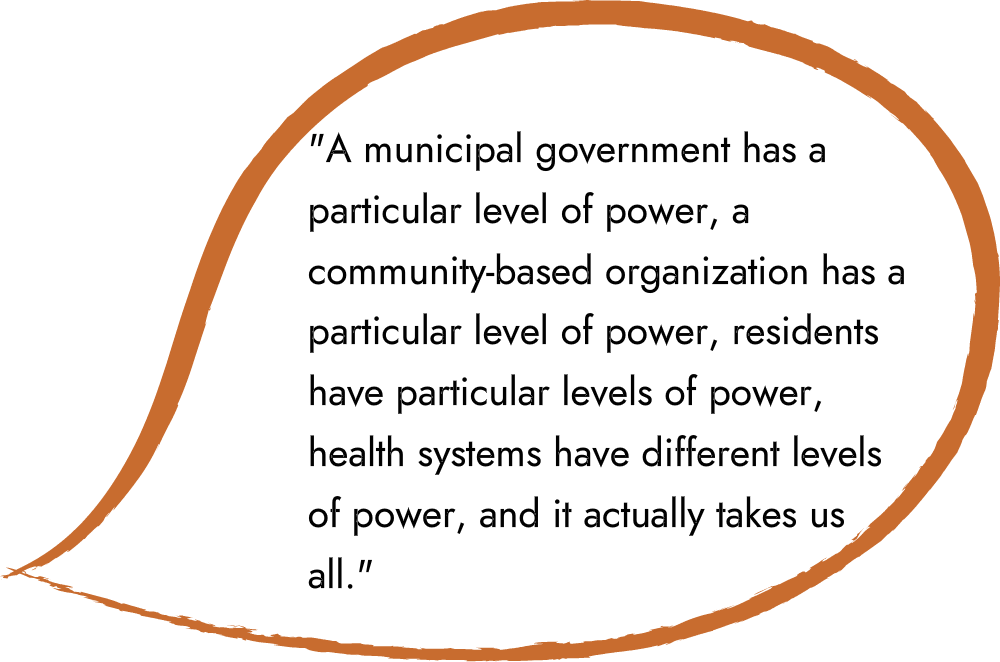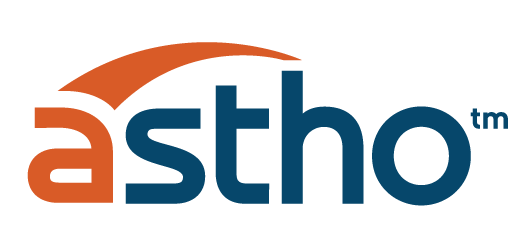Proportions of Individuals Reporting Vigorous-Intensity Physical Activity United States | 1988-2017
Line chart with 2 lines.
This line chart shows the proportions of individuals reporting vigorous-intensity physical activity most frequently over the previous month, from 1988 to 2017. There is a general trend in the data with some fluctuations.
The chart has 1 X axis displaying Year.
The chart has 1 Y axis displaying Percentage of Population. Range: 0 to 30.
End of interactive chart.


![An illustrated animated speech bubble gif that says “the PHHS Block Grant…gives us funding to engage the members. I mean, without those funds some of that [engagement] would not be as frequent or not be at all just due to funding for hosting an event like that in a community.”](images/gran_2_quote_2.gif)
![An illustrated speech bubble gif that says “the PHHS Block Grant…gives us funding to engage the members. I mean, without those funds some of that [engagement] would not be as frequent or not be at all just due to funding for hosting an event like that in a community.”](images/community_engagement.png)



![An illustrated animated speech bubble gif that says “The thing that's so great is that so long as we're staying within those broad umbrella categories, we're able to come at things from multiple angles that is respectful of what the community is telling us… They know how to make this work way better than I could sitting in [city]... Some of the communities we fund are 700 miles away, so it only makes sense that we listen to them.”](images/gran_2_quote_4.gif)
![An illustrated animated speech bubble gif that says “The thing that's so great is that so long as we're staying within those broad umbrella categories, we're able to come at things from multiple angles that is respectful of what the community is telling us… They know how to make this work way better than I could sitting in [city]... Some of the communities we fund are 700 miles away, so it only makes sense that we listen to them.”](images/gran_2_quote_4.png)
![An illustrated animated speech bubble gif that says “It's really important [to] reflect [on] the needs of the community and, yes, you want to rely on the evidence and mak[e] sure that there's a strong component of either the evidence and/or what you think...is going to work well, and that could be based on what the specific needs are of a specific community. I think that it's important to support [community requested] projects and really reflect the voices of what [we’re] hearing from the community and what the needs are.”](images/gran_2_quote_3.gif)
![An illustrated speech bubble that says “It's really important [to] reflect [on] the needs of the community and, yes, you want to rely on the evidence and mak[e] sure that there's a strong component of either the evidence and/or what you think...is going to work well, and that could be based on what the specific needs are of a specific community. I think that it's important to support [community requested] projects and really reflect the voices of what [we’re] hearing from the community and what the needs are.”](images/gran_2_quote_3.png)



